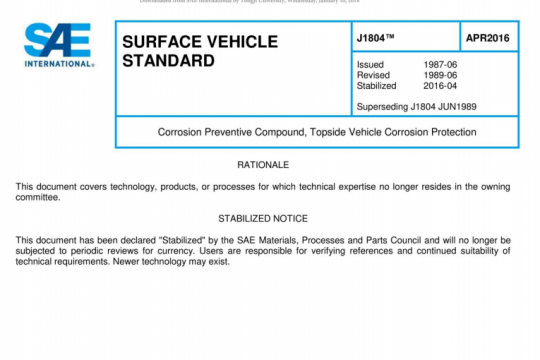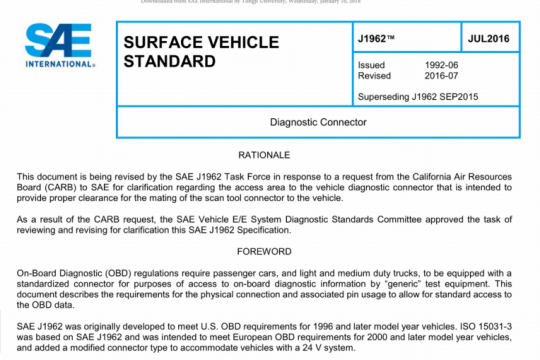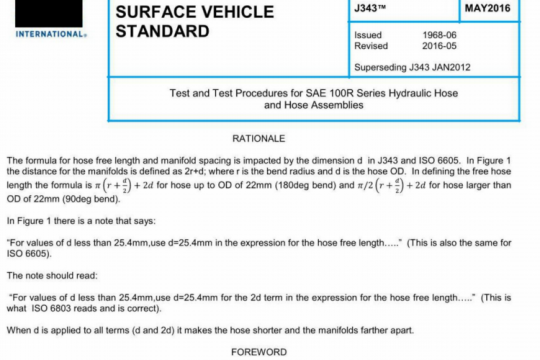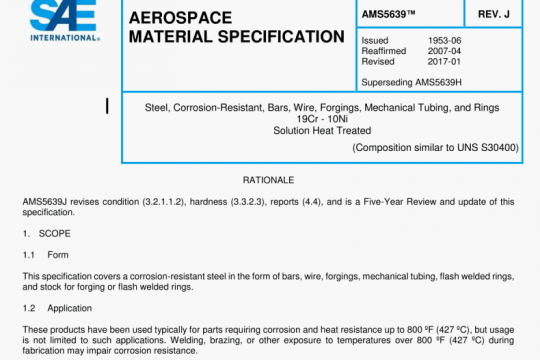SAE J312:2019 pdf free
SAE J312:2019 pdf free.Automotive Gasolines
The antiknock quality of an automotive gasoline is of prime importance for optimal engine performance. If fuel antiknock quality is too low compared to the engine octane number requirement, engine spark knock can occur. Engine spark knock occurs when the air-fuel mixture end gases in the combustion chamber autoignite after the spark plug fires. It results in a high-pitched metallic rapping or pinging noise that can be audibly annoying to the driver. In addition, severe and prolonged knock can cause burning of piston crowns, increased engine wear, and other engine damage. Modern automotive engines have knock sensors and electronic engine controls which generally prevent audible knock and engine damage by retarding spark (and in some cases by also reducing turbocharger boost pressure or enriching the air-fuel ratio). Spark retard prevents knock but it decreases torque and power, degrades efficiency, and increases exhaust temperature. The potential durability,power, fuel economy, and emissions of a given engine is realized only when the gasoline antiknock quality is adequate and closely matches the engine’s octane number requirement. Conversely, fuel economy and power can suffer if fuels of adequate antiknock quality are not used. There is generally no advantage in using a gasoline having antiknock quality higher than the engine requires. However, engines with knock sensors can show improved performance as the antiknock quality of the fuel is increased up to the maximum engine requirement. Section 11 contains additional details on knock sensors and other engine design factors affecting octane number requirement.
Engine spark knock depends on complex physical and chemical phenomena highly interrelated with engine design, engine operating conditions, and atmospheric conditions. It is impossible to completely characterize the antiknock performance of gasoline with a single measurement. The antiknock performance of a gasoline is intimately related to the engine in which it is used and to the engine and transmission operating conditions. Furthermore, this relationship varies from one engine design and one engine controls calibration to another and can be significantly different among engines of the same design due to normal production variations.SAE J312 pdf free download.




